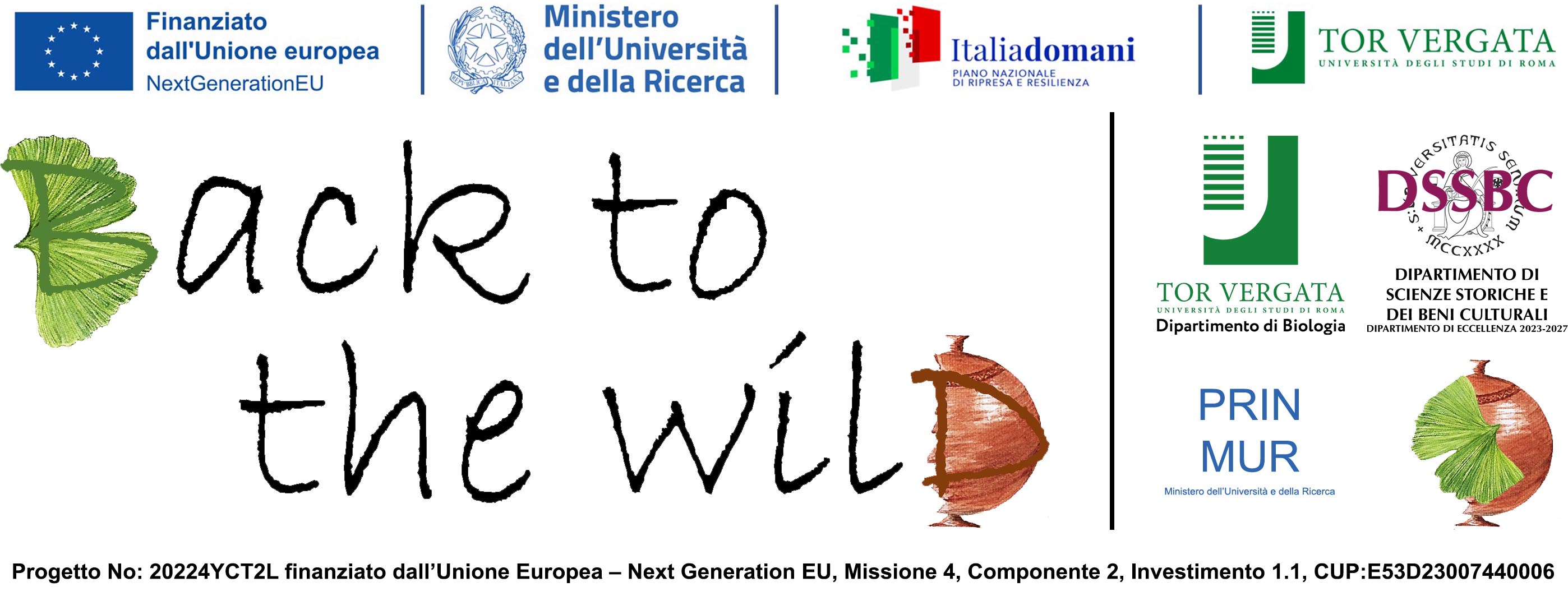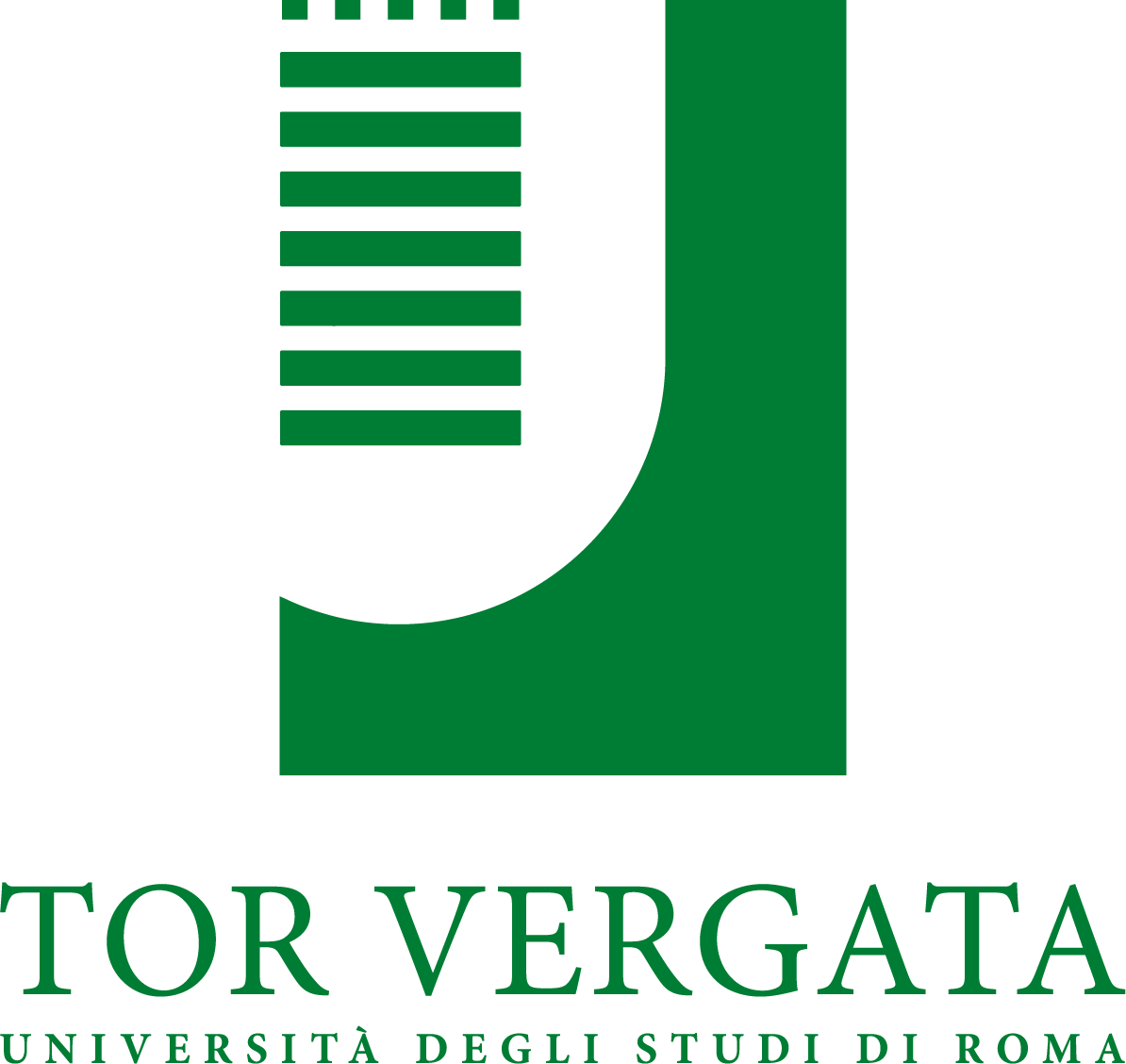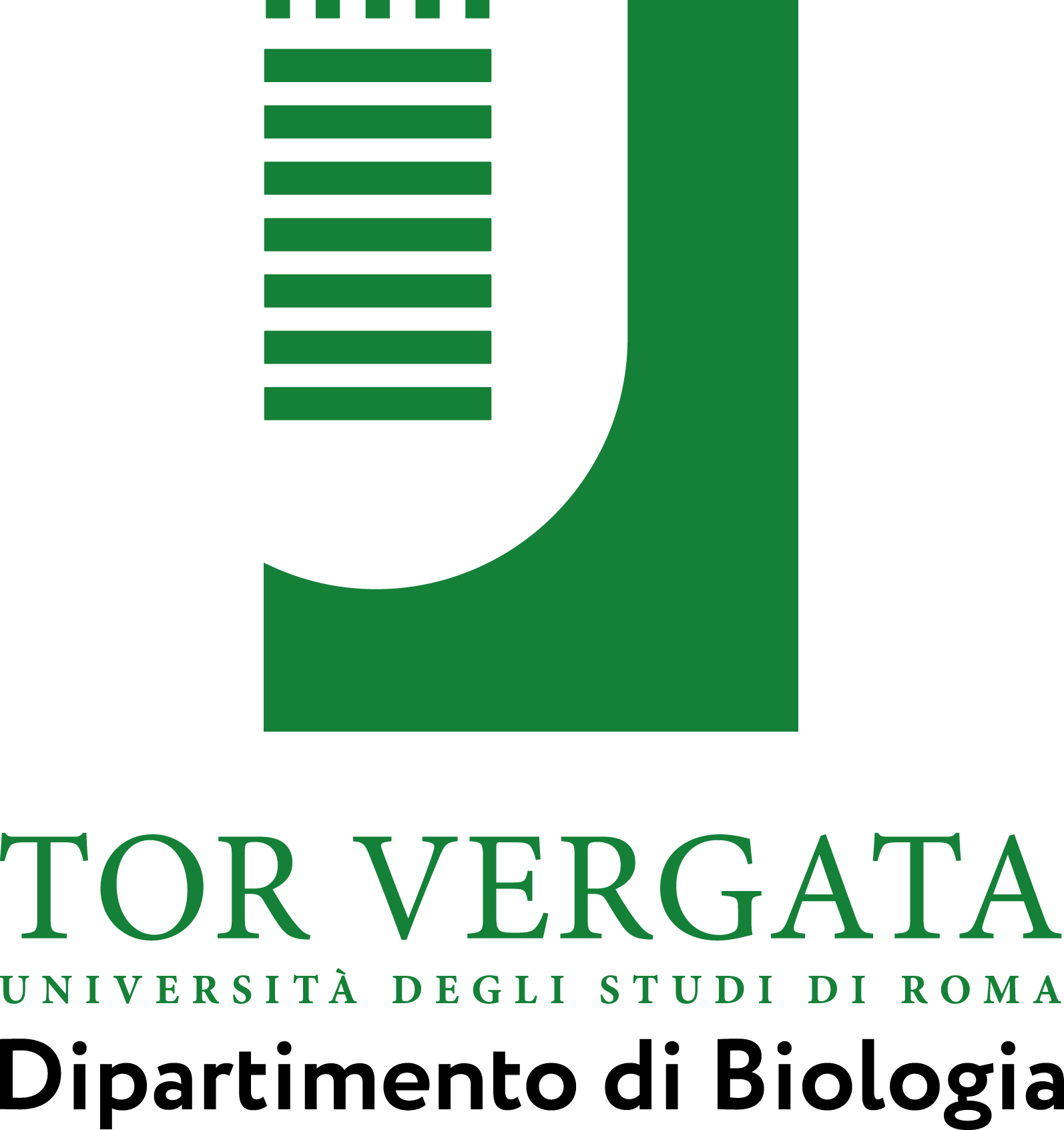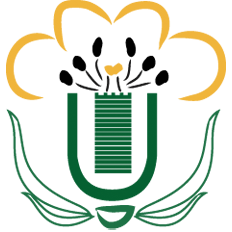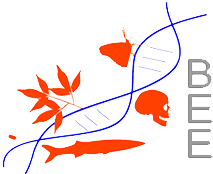LABORATORIO DI ARCHEOBOTANICA – DAPHNE (DIET, ANCIENT DNA, PLANT HUMAN NEXUS, AND ENVIRONMENT), UNIVERSITÀ DEGLI STUDI DI ROMA TOR VERGATA
Nel laboratorio di archeobotanica DAPHNE (http://bio.uniroma2.it/daphne/), attraverso l’applicazione, anche combinata, di tecniche genetiche, biochimiche e morfologiche è possibile identificare micro e macro resti vegetali (granuli di amido, fitoliti, tricomi, legni, semi, frutti, pollini) d’interesse archeologico. Le matrici antiche principalmente analizzate sono: calcolo dentale umano e animale, strumenti ceramici, campioni di suolo, e macroresti (o porzioni di essi) vegetali. In particolare, lo studio archeobotanico di microparticelle e marker molecolari estratti dal tartaro e dal vasellame, così come l’analisi genetica dei resti vegetali ritrovati in contesti funebri/domestici, permette di delineare l’ecologia alimentare e lo stile di vita di comunità antiche, e sviluppare ipotesi sul paesaggio del passato. L’unità di ricerca ha a disposizione laboratori specializzati presso il “Centro dipartimentale per lo studio del DNA antico” localizzato a Villa Mondragone (Monte Porzio Catone, Roma) (http://bio.uniroma2.it/dna-antico/). Il Centro è dotato di tutte le caratteristiche e le attrezzature utili a condurre le analisi del DNA antico, come raccomandato a livello internazionale (es., dispositivi anti-contaminazione mantenuti a pressione positiva, lampade UV e filtri HEPA, accesso limitato per evitare la contaminazione). Presso il Dipartimento di Biologia dell’Università degli Studi di Roma Tor Vergata, invece, sono a disposizione diverse aree di lavoro, utilizzate esclusivamente per il processamento dei campioni antichi. Queste sono attrezzati con strumentazione di base: cappe chimiche e a lusso laminare (Heraeus HERAsafe HS12 Type), lampade UV portatili, centrifughe, bilance di precisione, calibri a branche dritte, pestelli e mortai, omogenizzatori, Dremel 3000, microscopi ottici dritto (Nikon Eclipse E100 equipaggiato con camera ProgRes C10, JENOPTIC) e invertito (Axio Observer 7, ZEISS) dotato di filtro polarizzatore e sistemi di analisi d’immagine. Inoltre, atlanti botanici, collezioni di confronto sperimentali e chiavi dicotomiche di riferimento sono a disposizione per l’identificazione dei reperti. Infine, apparecchiature come Real Time PCR (Applied Biosystems StepOne Plus), termociclatore Biorad (ICycler), sequenziatore automatico di DNA ABI PRISM Avant 3100 (Genetic Analyzer), NextSeq 550 System Illumina Platform, strumentazione di cromatografia liquida ad alta pressione associata a fotodiodi e spettrometro di massa (HPLC system with a LC-20AD pump, a CBM-20A controller, con autocampionatore SIL-20a HT e fotodiodi SPD –M20A, Shimadzu, Tokyo, Japan) e di gas-cromatografia associata a spettrometria di massa (GC- MS QP2010 system, Shimadzu, Japan) sono presenti nella stessa struttura.
LABORATORY OF ARCHAEOBOTANY – DAPHNE (DIET, ANCIENT DNA, PLANT HUMAN NEXUS, AND ENVIRONMENT), UNIVERSITY OF ROME TOR VERGATA
In the laboratory of archaeobotany DAPHNE (http://bio.uniroma2.it/daphne/), through the application, even combined, of genetic, biochemical, and morphological techniques it is possible to identify micro and macro plant remains (e.g., starch granules, phytoliths, trichomes, wood fragments, seeds, fruits, pollen) of archaeological interest. The ancient matrices mainly analysed are human and animal dental calculus, ceramic tools, soil samples, and plant macroremains. In particular, the study of microparticles and molecular markers extracted from tartar and pottery, as well as the genetic analysis of plant remains found in funerary/domestic contexts, allows us to outline the food ecology and lifestyle of ancient communities, and develop hypotheses on the landscape of the past. The research unit has specialized laboratories at the “Centre for the Study of Ancient DNA” located in Villa Mondragone (Monte Porzio Catone, Rome) (http://bio.uniroma2.it/dna-antico/). The Centre is equipped with all the features and equipment useful for conducting ancient DNA analyses, as internationally recommended (e.g., anti-contamination devices maintained at positive pressure, UV lamps and HEPA filters, limited access to avoid contamination). At the Department of Biology of the University of Rome Tor Vergata, however, various work areas are available and used exclusively for the processing of ancient samples. These laboratories are equipped with basal instruments: chemical and laminar hoods (Heraeus HERAsafe HS12 Type), portable UV lamps, centrifuges, precision balances, straight branch callipers, pestles and mortars, homogenizers, Dremel 3000, straight optical microscopes (Nikon Eclipse E100 equipped with ProgRes C10 camera, JENOPTIC) and an inverted one (Axio Observer 7, ZEISS) equipped with polarizing filter and image analysis systems. Furthermore, botanical atlases, experimental collections and dichotomous reference keys are available for the identification of findings. Finally, equipment such as Real Time PCR (Applied Biosystems StepOne Plus), Biorad thermal cycler (ICycler), ABI PRISM Avant 3100 automatic DNA sequencer (Genetic Analyzer, Applied Biosystem), NextSeq 550 Illumina Platform, associated high pressure liquid chromatography instrumentation photodiode and mass spectrometer (HPLC system with a LC-20AD pump, a CBM-20A controller, with SIL-20a HT autosampler and SPD –M20A photodiodes, Shimadzu, Tokyo, Japan) and gas chromatography associated with mass spectrometry (GC- MS QP2010 system, Shimadzu, Japan) are present in the same structure.
